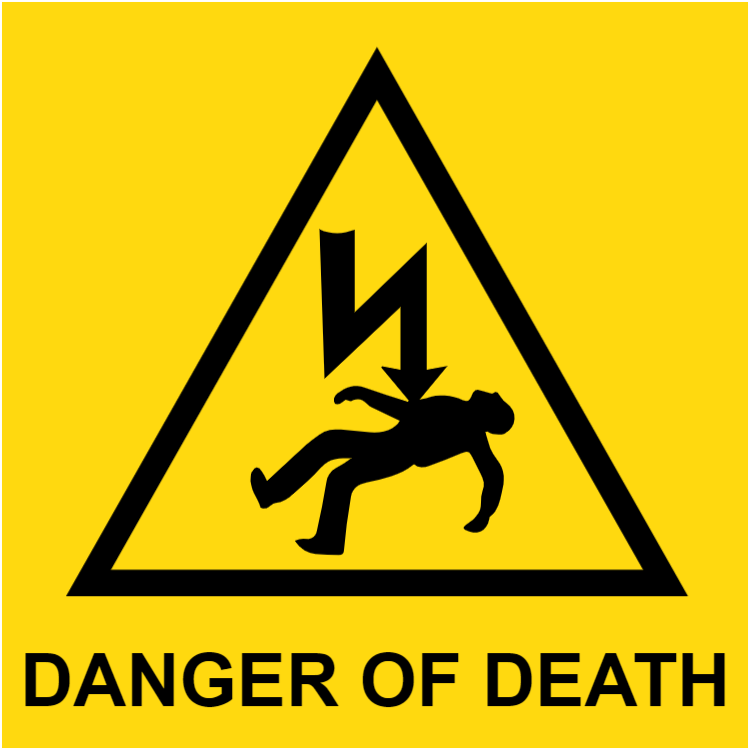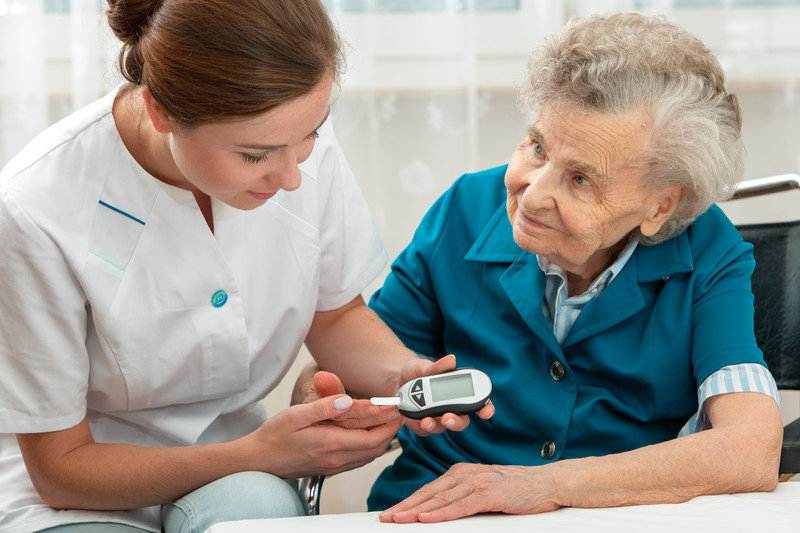
Senior care levels are a key consideration for families when considering options for their loved one's senior living needs. It is important to take the time to fully understand the impact of different care levels on a person's everyday life in order to find the perfect fit.
It can be challenging to choose the best type of care for an elderly family member, especially with so many options available on today's market. As you consider your options, here are some things to remember:
The Cost of Senior Healthcare Levels
The cost increases for assisted-living facilities are typically several hundred dollars higher per month, even though there isn’t a rule. This is due in large part to the additional assistance residents receive with each level of senior care.
The level and type of care required by a resident depends on both their personal health needs and those of the facility. This is determined by a needs assessment performed by professional staff. This noninvasive test will assess the level of support that your loved-one needs.

Generally speaking, lower levels of care are for seniors who need minimal assistance with their activities of daily living (ADLs) and health-related needs. This includes assistance for dressing, bathing, and toileting. But it does not require complex medical monitoring as is common in Level 3 assisted care.
Eating, shaving and taking medicine are among the services that seniors most often need. While many seniors can feed themselves, others need help cutting up their food or are at a higher risk of choking.
In the area of grooming, too, there are wide variations in care levels. Some seniors can brush their teeth, but others need help with getting their hair done or shaving.
Medication Needs
While some people can take their medications on their own without assistance, others may need help opening the pill bottles or giving injections. People with diabetes or a high blood pressure history may need to be reminded of their medication or monitored for their health.
Bathing is essential for maintaining hygiene in older adults. Showering can lead to falls, which is dangerous for older adults. Therefore, it's crucial that you take care when showering.

Memory Loss - Some seniors are showing signs of Alzheimer’s or Dementia, and they need help to complete daily tasks. This is important for them to stay active and healthy. These residents require caregivers who can remind them, give physical or verbal prompts and manage their daily activities.
Home Care Nursing Services:
The most intense form of senior care is found at skilled nursing communities. These facilities offer round-the clock nursing and rehabilitation for elderly residents.
Unlike independent living and assisted living, these residential settings tend to have a smaller population. This allows for more privacy and allows seniors to maintain a strong sense of independence.
FAQ
What are the three types?
First, the traditional system in which patients are given little control over their treatment. They go to hospital A if they need an operation, but otherwise, they might as well not bother because there is nothing available at all.
The second system, which is fee-for-service, allows doctors to earn money based upon how many operations and tests they perform. They won't do extra work if they don't get enough money. You will pay twice as much.
A capitation system, which pays doctors based on how much they spend on care and not how many procedures they perform, is the third system. This encourages doctors to use less expensive treatments such as talking therapies instead of surgery.
Who is responsible to ensure public health?
All levels of government have a role in public health. Local governments manage roads, schools and parks as well as recreation facilities. National and state governments have laws and regulations that regulate food safety, workplace safety, consumer protection, and other areas.
Why do we need medical systems at all?
People living in developing countries often lack basic health care facilities. Many people who live in these areas are affected by infectious diseases such as malaria and tuberculosis, which can lead to premature death.
People in developed countries get routine checks and see their general practitioners for minor ailments. Many people are still suffering from chronic diseases like heart disease and diabetes.
Statistics
- The health share of the Gross domestic product (GDP) is expected to continue its upward trend, reaching 19.9 percent of GDP by 2025. (en.wikipedia.org)
- Price Increases, Aging Push Sector To 20 Percent Of Economy". (en.wikipedia.org)
- Over the first twenty-five years of this transformation, government contributions to healthcare expenditures have dropped from 36% to 15%, with the burden of managing this decrease falling largely on patients. (en.wikipedia.org)
- Consuming over 10 percent of [3] (en.wikipedia.org)
- Foreign investment in hospitals—up to 70% ownership- has been encouraged as an incentive for privatization. (en.wikipedia.org)
External Links
How To
What are the 4 Health Systems
The healthcare system is a complex network of organizations such as hospitals, clinics, pharmaceutical companies, insurance providers, government agencies, public health officials, and many others.
The overall goal of this project was to create an infographic for people who want to understand what makes up the US health care system.
These are the key points
-
Healthcare spending is $2 trillion annually, representing 17% of the GDP. That's almost twice the size of the entire defense budget!
-
Medical inflation reached 6.6% in 2015, which is more than any other consumer group.
-
On average, Americans spend 9% of their income on health costs.
-
In 2014, over 300 million Americans were uninsured.
-
Although the Affordable Care act (ACA) was signed into law, its implementation is still not complete. There are still many gaps in coverage.
-
A majority of Americans believe that the ACA should continue to be improved upon.
-
The US spends more money on healthcare than any other country in the world.
-
Affordable healthcare for all Americans would reduce the cost of healthcare by $2.8 trillion per year.
-
Medicare, Medicaid, as well as private insurers, cover 56% all healthcare expenditures.
-
The top 3 reasons why people don't get insured include not being able to afford it ($25 billion), not having enough time to look for insurance ($16.4 billion), and not knowing about it ($14.7 billion).
-
There are two types, HMO (health maintenance organization), and PPO (preferred providers organization).
-
Private insurance covers all services, including doctor, dentist, prescriptions, physical therapy, and many others.
-
Programs that are public include outpatient surgery, hospitalization, nursing homes, long-term and preventive care.
-
Medicare is a federal program providing senior citizens health coverage. It pays for hospital stays, skilled nursing facility stays, and home health visits.
-
Medicaid is a joint federal-state program that provides financial assistance for low-income individuals or families who earn too little to qualify for other benefits.